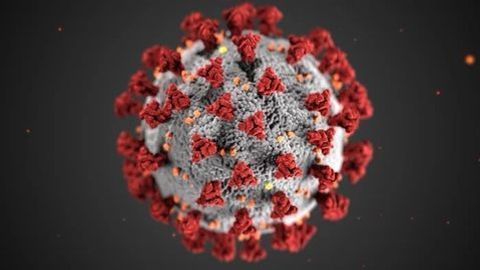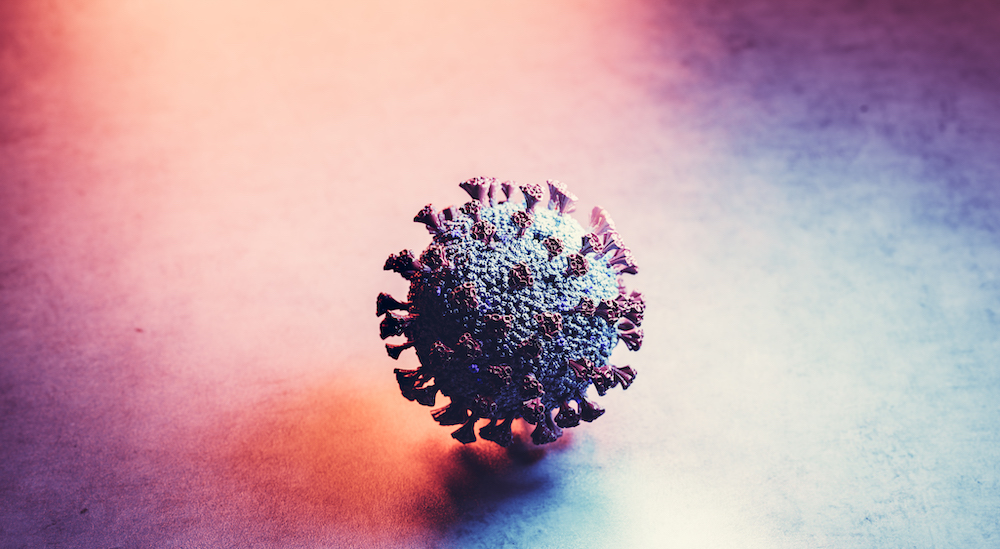This article was originally posted at InfectionControlToday.com.
Yet another subvariant. But what makes this one different? Should we be more concerned?

Arcturus is what we’re defining as a subvariant of Omicron. For those people following the rise and fall of Omicron sub-variants, Arcturus is Omicron lineage XBB.1.16, which the World Health Organization classified as a “Variant Under Monitoring.”
As we’ve seen throughout the pandemic, SARS-CoV-2 has undergone population-level changes resulting from the accumulation of errors that stack up in the various proteins produced by the virus. Arcturus, which is descended from BA.2–the main Omicron strain that provided our winter surge in 2021-2022–differs from that strain primarily by multiple mutations in the receptor binding domain of the Spike protein. The receptor binding domain is the region of the virus that binds our cells to cause infection. Still, it’s also a primary target of our immune response by producing antibodies that block access to this essential region on the virus’s surface.
Currently, Arcturus makes up less than 11.7% of overall COVID-19 cases in the United States. Still, this percentage has been rising over the past few weeks, suggesting that this strain may have the advantage to outcompete other sub-variants. Some parts have higher numbers: Arcturus makes up the largest estimated proportion of cases at 15.6% in the region spanning Arkansas, Louisiana, New Mexico, Oklahoma, and Texas.
What should people do to avoid getting sick from this variant?
As with other Omicron subvariants, practicing good personal hygiene remains vital to avoid infection. Frequent hand washing can reduce the risk of picking the virus up on surfaces (also called fomites), and opting for outdoor gatherings instead of indoor gatherings as the weather warms up around the country can reduce the risk of airborne transmission.
For those with a heightened risk of severe complications from COVID-19, masking in public remains a great option, with tightly fitting personal respirators (those with a rating of N95) providing the greatest personal protection. Remaining vigilant of your symptoms and avoiding all but essential travel for medical treatment if you become sick will help protect our community and limit the continued spread of Arcturus and other Omicron subvariants.
At a time when governments and hospitals have largely dropped COVID-19-related restrictions, does that make people more susceptible to getting sick from the virus?
It’s difficult to predict the trajectory of new subvariants in the United States and abroad as vaccine uptake and the immunity provided by previous infections have become widespread. Studies have demonstrated that masking throughout the pandemic phase of COVID-19 helped to limit the spread, and these measures are most effective when all or most of the public participates.
While the elimination of masking guidelines may enable easier transmission of Arcturus and other Omicron subvariants, the population-level of immunity built up over the past 3 years of SARS-CoV-2 spread will likely prevent us from seeing surges in infections of the magnitude observed for Alpha, Delta, and Omicron BA.2. Assessing one’s personal risk, voluntary masking during increased community transmission, and isolating when sick can serve to protect our most vulnerable populations even in the absence of government and hospital mandated masking guidance.

